The glossy pages of fashion magazines have long been both a sanctuary for artistic expression and a marketplace for luxury goods. For decades, these publications thrived on a delicate symbiosis: brands purchased advertising space to reach affluent consumers, while editors maintained editorial independence to critique those very same brands. This dance, though always precarious, functioned within the established economics of print media. However, the digital revolution has not merely accelerated this dynamic; it has fundamentally shattered its foundation, leaving fashion media in a profound and ongoing identity crisis. The central question is no longer just about influence or taste, but about survival itself. How does an industry built on the dual pillars of commerce and critique navigate a landscape where both have been radically democratized and devalued?
The traditional model was elegantly simple, if ethically fraught. A magazine’s substantial production costs were offset by lucrative advertising contracts from major fashion houses. This revenue granted editors a certain degree of insulation. They could, on occasion, afford to publish a scathing review or feature an unknown, un-commercial designer because the financial backbone was provided by the established giants. The criticism was contained within a product that was, itself, a luxury object. The reader understood they were engaging with a curated world where art and commerce were inextricably linked. The authority of the editor was absolute, the voice was singular, and the audience was a captive, paying consumer.
The internet systematically dismantled every aspect of this ecosystem. Firstly, it vaporized the primary revenue stream. Print ad sales plummeted as brands diverted budgets to digital platforms offering targeted, measurable, and often cheaper advertising. Digital ad rates, especially for publishers reliant on generic display ads, proved to be a fraction of their print counterparts, creating a revenue gap that has proven impossible to fill. Secondly, it demolished the gatekeepers. The authority of the Vogue editor was supplanted by the collective voice of bloggers, influencers, and community-driven platforms like Instagram and TikTok. Suddenly, a teenager in her bedroom with a unique point of view could command a larger and more engaged audience than a seasoned editor with decades of experience.
This democratization of voice has created a new, and often conflicting, set of pressures. The modern fashion media entity, whether a legacy publication's website or a born-digital outlet, is trapped in a vicious cycle. They require traffic and engagement to attract advertisers and justify ad rates. This often leads to a content strategy prioritizing search engine optimization (SEO), clickbait headlines, and celebrity-driven gossip—content that is easily digestible and widely shareable, but often lacks depth or critical perspective. The relentless churn of the 24/7 news cycle leaves little room for the thoughtful, long-form criticism that was once a hallmark of the industry.
Into this vacuum stepped the influencer, the ultimate blurring of the line between advertising and editorial. Influencers, particularly mega-influencers and celebrities, are themselves media channels. Brands no longer need to solely rely on magazines to convey their message; they can pay an influencer to wear a dress to the airport, generating millions of impressions and direct sales through affiliate links. This form of marketing is perceived as more authentic and relatable than a traditional magazine ad. For publications, this creates a bewildering paradox: they are now in direct competition for advertising dollars with the very individuals they often need to feature on their covers and in their pages to generate clicks.
This competitive landscape forces many publications into a Faustian bargain. To secure access to A-list celebrities for covers—major traffic drivers—publications often must agree to contractual stipulations that cede editorial control. These can include approval over photographs, quotes, and even the tone of the accompanying article. The resulting feature is less an interview and more an extended advertisement, a PR-controlled narrative that offers the reader little beyond sanitized promotion. The critic has been neutered by the need for access. To criticize a brand too harshly is to risk being blacklisted, not just from advertising revenue, but from the access to garments, celebrities, and front-row seats that are the lifeblood of fashion coverage.
Yet, a hunger for genuine criticism and intellectual engagement with fashion has not disappeared; it has simply migrated. Independent newsletters, niche podcasts, and subscriber-supported platforms are emerging as the new homes for fashion criticism. Writers, freed from the constraints of the ad-driven pageview model, are building direct relationships with audiences willing to pay for nuanced analysis and unbiased opinions. These platforms ask a fundamental question: is fashion criticism valuable enough that people will pay for it directly, rather than through the intermediary of advertiser dollars? The early success of some suggests a promising, if challenging, path forward.
Therefore, the path to sustainability for fashion media may not lie in recreating the old model but in redefining its value proposition entirely. The future likely belongs to those who can successfully diversify their revenue streams and re-establish trust with their audience. This means moving beyond a reliance on brand advertising alone. Successful outlets are exploring a mix of revenue sources: targeted affiliate marketing programs that capitalize on their taste-making authority, high-quality branded content studios that create authentic narratives for brands, exclusive membership programs offering premium content, and live events that leverage their brand equity in the physical world.
Ultimately, the balance between advertising and criticism is not a scale to be perfectly balanced but a tension to be managed. The publications that will endure will be those that are transparent about their conflicts, clear in their voice, and confident enough in the value of their unique perspective to ask their audience to support it directly. They must offer something that an influencer’s #sponsored post cannot: context, history, analysis, and yes, sometimes, criticism. The role of the fashion media is evolving from being a mere chronicler of trends to being an essential interpreter of the complex cultural, economic, and artistic forces that fashion represents. In this new paradigm, integrity is not a handicap; it is the product itself.
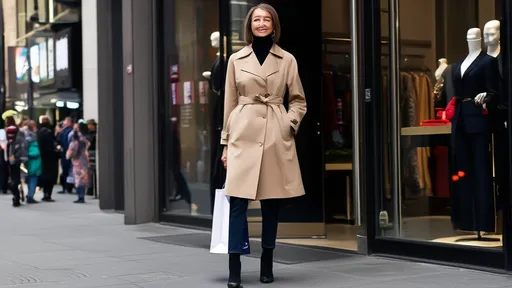
By /Aug 21, 2025
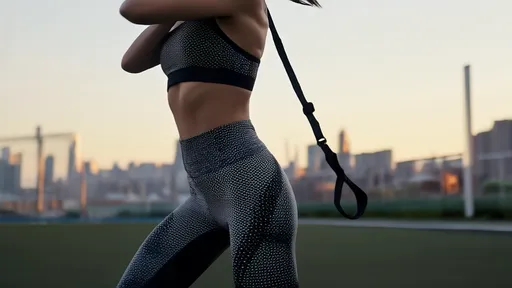
By /Aug 21, 2025

By /Aug 21, 2025

By /Aug 21, 2025

By /Aug 21, 2025

By /Aug 21, 2025
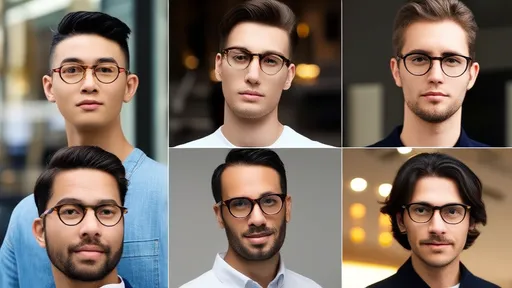
By /Aug 21, 2025

By /Aug 21, 2025
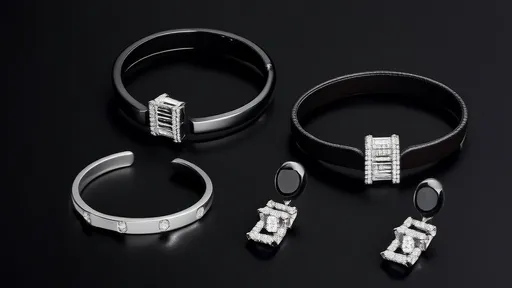
By /Aug 21, 2025

By /Aug 21, 2025
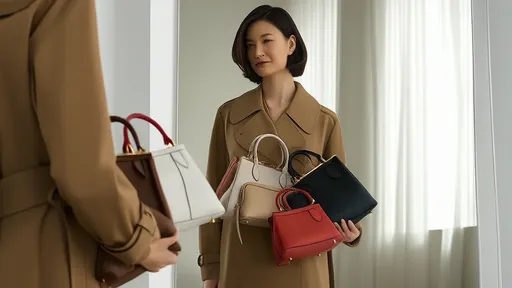
By /Aug 21, 2025
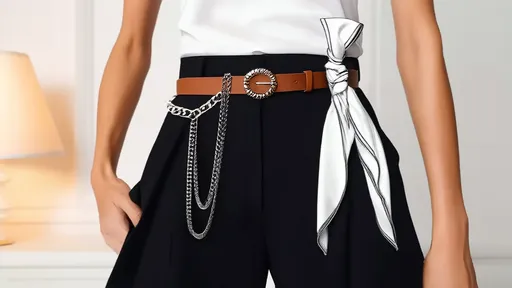
By /Aug 21, 2025
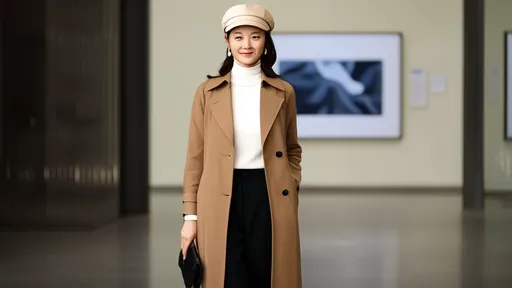
By /Aug 21, 2025
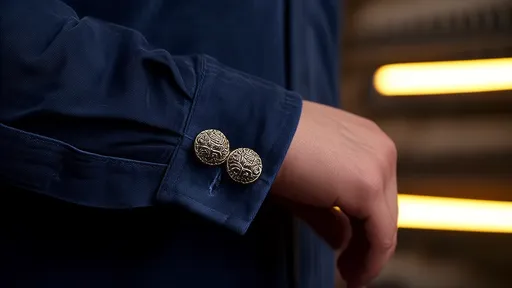
By /Aug 21, 2025

By /Aug 21, 2025
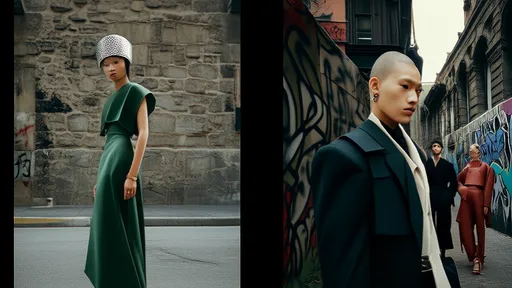
By /Aug 21, 2025

By /Aug 21, 2025
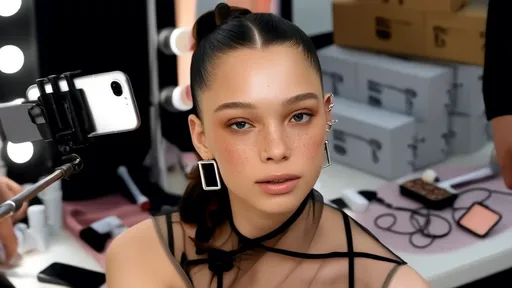
By /Aug 21, 2025

By /Aug 21, 2025
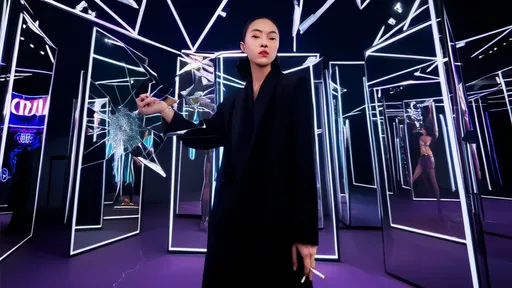
By /Aug 21, 2025